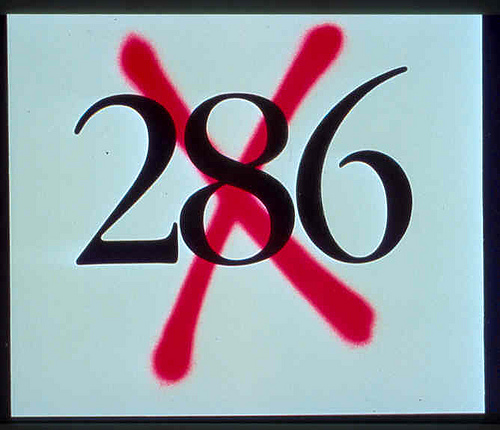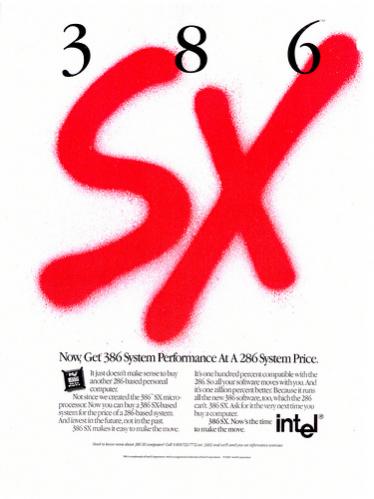 Many people are underestimating the speed and the magnitude of the transition that is about to take place with the tandem rollout of iOS 7 and the 64 bit A7 processor. While the former provides a nice visual upgrade to the entire ecosystem the latter will be used to collect accolades and drive application development that will result in a complete, robust 64 bit environment for all Apple users by next Labor Day at the latest. When this transition completes, what happens to mobile, 32 bit computing? The likely guess is that it withers, taking many players with it. At this moment, roadmaps across the globe are being torn up as development teams must aim for a more aggressive market place with not much time to execute. The clock has started ticking until Apple goes full 64 bits by this time next year.
Many people are underestimating the speed and the magnitude of the transition that is about to take place with the tandem rollout of iOS 7 and the 64 bit A7 processor. While the former provides a nice visual upgrade to the entire ecosystem the latter will be used to collect accolades and drive application development that will result in a complete, robust 64 bit environment for all Apple users by next Labor Day at the latest. When this transition completes, what happens to mobile, 32 bit computing? The likely guess is that it withers, taking many players with it. At this moment, roadmaps across the globe are being torn up as development teams must aim for a more aggressive market place with not much time to execute. The clock has started ticking until Apple goes full 64 bits by this time next year.
As a measure of comparison, the 286 to 386 and the 32 bit Pentium class to 64 bit x86 Xeon server processor transitions took roughly 5 years in hardware terms alone. When Andy Grove unleashed the 386 Red X advertising campaign in 1990 there were only a handful of apps that ran in 32 bit mode. The folks in Redmond didn’t get around to a full blown 32-bit operating system until the launch of Windows NT in July 1996. It makes one appreciate what Apple is trying to accomplish over this coming year with a user base and software community that is over an order of magnitude larger. How will Google, Samsung, Microsoft, Intel and others respond to this coordinated drive to leave behind all that is 32 bit?  All of the above named companies certainly have money to stay in the game for the long run. It is the smaller ARM mobile chip vendors that are most at risk. It is possible to envision a scenario where all the players scatter to a different corner of the market. Microsoft, for one, will likely get closer to Intel in order to save corporate but in doing so may underfund Nokia for a successful consumer push. Google could decide to make peace with Apple on smartphones and concentrate on its wearables while letting Android lag in forked 32-bit land which may be fine for Amazon but what about Samsung and the other China players?
All of the above named companies certainly have money to stay in the game for the long run. It is the smaller ARM mobile chip vendors that are most at risk. It is possible to envision a scenario where all the players scatter to a different corner of the market. Microsoft, for one, will likely get closer to Intel in order to save corporate but in doing so may underfund Nokia for a successful consumer push. Google could decide to make peace with Apple on smartphones and concentrate on its wearables while letting Android lag in forked 32-bit land which may be fine for Amazon but what about Samsung and the other China players?
The common threat that Apple imposes with its 64-bit processor and iOS platform has to have disparate mobile players considering alliances so that they can close the technology and capability gap by the Fall of 2014. Apple’s rollout was intended to shock their competitors with the primary goal of testing how fragile the Android market is when the future is incremental. The mobile TAM could very likely consolidate around Apple at the high end and China clones at the low end with Samsung stretched try to serve all. Without a concerted alliance with Google can Samsung really force Apple into single digit market share like Microsoft imposed on them in the 1990s. It is doubtful.
One could paint a scenario in the late summer of 2014 where Android phones are relegated to the sub $100 space along with 7” tablets. Larger screens and improved cameras would not be able to overcome the “32 bit” processor and allow for pricing to even approach whatever becomes the equivalent iphone 5C next year. This is partially subjective but it is based on what I observed in the PC market in the 1990s. Intel consistently obsoleted their processors within a matter of months so that competitors could not gain a profitable foothold by offering something equivalent. The one caveat was during periods of allocation. Thus AMD and the cloners were stuck selling processors for an average price of $60-$70 while Intel enjoyed prices that were on average 3-4 times higher.
The sucking sound you will hear is Apple leveraging technology with a branding campaign that will create separation in the marketplace. Expect to see Apple impose a price floor that is much higher than the ceiling of competitors. You will know when capitulation begins when the subject invariably turns to mobile companies spending more time focusing on the future promise of tens of billions of IoT devices.










Quantum Advantage is About the Algorithm, not the Computer